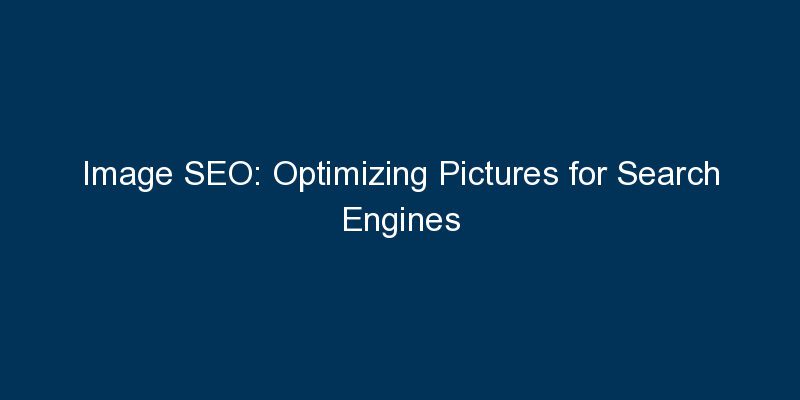Introduction: In the visually-driven digital landscape, optimizing images for search engines is a crucial yet often overlooked aspect of SEO. This blog explores the significance of image SEO, offering insights into the best practices for optimizing pictures to enhance your website’s visibility and improve rankings on search engine results pages.
1. The Importance of Image SEO: Beyond Aesthetics: Images are not just visual elements on your website; they play a significant role in SEO. Optimizing images improves page load times, enhances user experience, and sends positive signals to search engines, contributing to better overall SEO performance.
2. Image File Names and Descriptions: The Foundation of Optimization: Start by giving your images descriptive file names that include relevant keywords. When search engines crawl your site, they rely on image file names and alt text to understand the content. Using descriptive, keyword-rich names enhances the context for both users and search engines.
3. Alt Text: Providing Context for Accessibility and SEO: Alt text, or alternative text, serves a dual purpose. It provides a description of the image for users with visual impairments, improving accessibility. Simultaneously, search engines use alt text to understand the content of the image. Including relevant keywords in alt text contributes to better SEO.
4. Compression and Page Load Speed: Balancing Quality and Performance: Optimizing images for web use involves compressing them without compromising quality. Large image file sizes can slow down page load times, affecting user experience and SEO. Striking a balance between image quality and compression ensures fast-loading pages without sacrificing visual appeal.
5. Responsive and Mobile-Friendly Images: Catering to Diverse Devices: In the era of mobile searches, it’s essential to ensure your images are responsive and display well on various devices. Responsive images contribute to a positive user experience, aligning with Google’s mobile-first indexing approach and positively impacting search rankings.
6. Image Sitemaps: Guiding Search Engines to Your Visual Content: Including images in your XML sitemap helps search engines index and understand your visual content better. Image sitemaps provide additional context, such as image subject matter and captions, enabling search engines to deliver more accurate results for image searches.
Conclusion: Image SEO is a vital component of a comprehensive SEO strategy. By recognizing the importance of image optimization, focusing on descriptive file names and alt text, optimizing image compression, ensuring responsiveness, and incorporating image sitemaps, you not only enhance the visual appeal of your website but also boost its overall SEO performance.























Comments